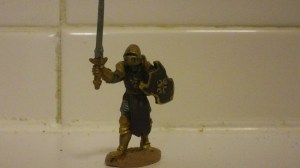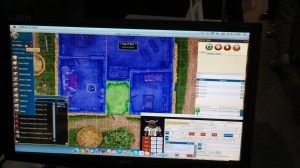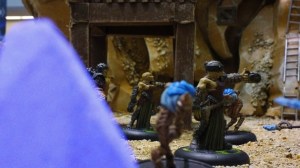It’s a common problem every DM has. If you let it get too out of control it can turn into a full blown case of DM burnout. I’m talking about writer’s block. Being an aspiring writer myself, I know a few ways to beat this scourge. Here are some tips to keep writing that game:
Look over old material: Looking through your old notes, players’ backstories, and campaign notes can help get you back in the mindset you had before writer’s block attacked. And while you’re there, maybe you’ll notice a plot hook you dropped that never came up or you’ll see something a player wrote in their backstory that you sink your teeth into. Sometimes, when I’m looking over my old notes, I notice important NPCs or campaign themes that haven’t come up for the players. Figuring out how to incorporate these into the next game session can help get the creative juices flowing.
Look at monsters: Nothing gets me excited about an encounter quite like exciting monster art. Go online or crack open your books and look at some sweet van style, fantasy art. Some artists that always help me are Michael Komarck and Wayne Reynolds. Their vibrant and active styles always get my writing muscles ready to flex. A great exercise, when you’re having trouble writing encounters, you should try to recreate the fights depicted in the art.
Write the adventure you’ve always wanted to write: I have this dream encounter I’ve always wanted to run. After sneaking on to an airship, the players find themselves on the open air observation deck, facing down a major antagonist. This is when the fireworks start. I’m willing to bet every DM has these dream situations to put their players into. If you’re like me, you always say ‘someday’. Why not make someday today?
Recycle: Don’t be afraid to reuse old stuff. Hey, you wrote it. I have a reoccurring minor villain called The Lizard King and I have no idea how many things I’ve run him into players. If you’re worried that your players will be upset that you’re using things over, don’t be. It goes one of two ways: they either get nostalgic or don’t really notice the difference. Hey, this stuff inspired you before for a reason.
So next time you get hit with writer’s block, try some of these tips. They work for me. I’m also interested to know what works for others. What’s worked for you?












